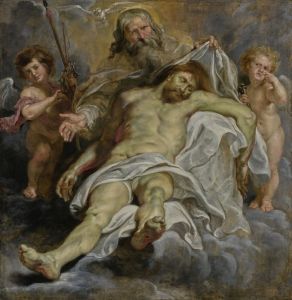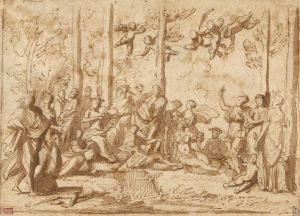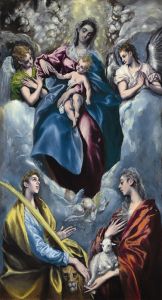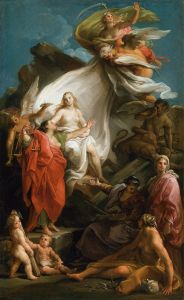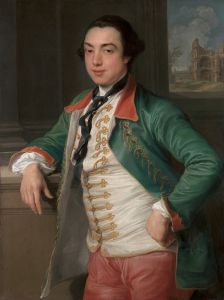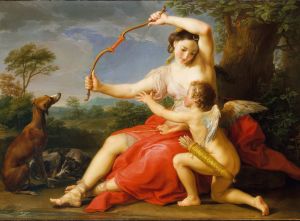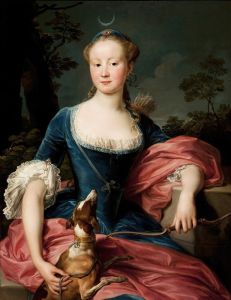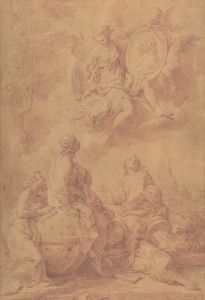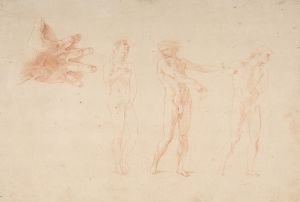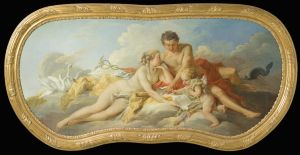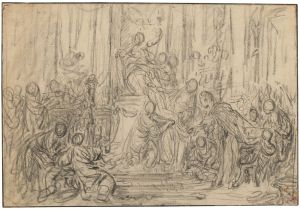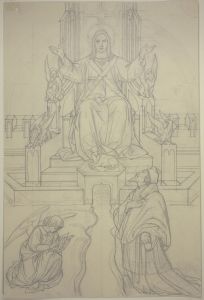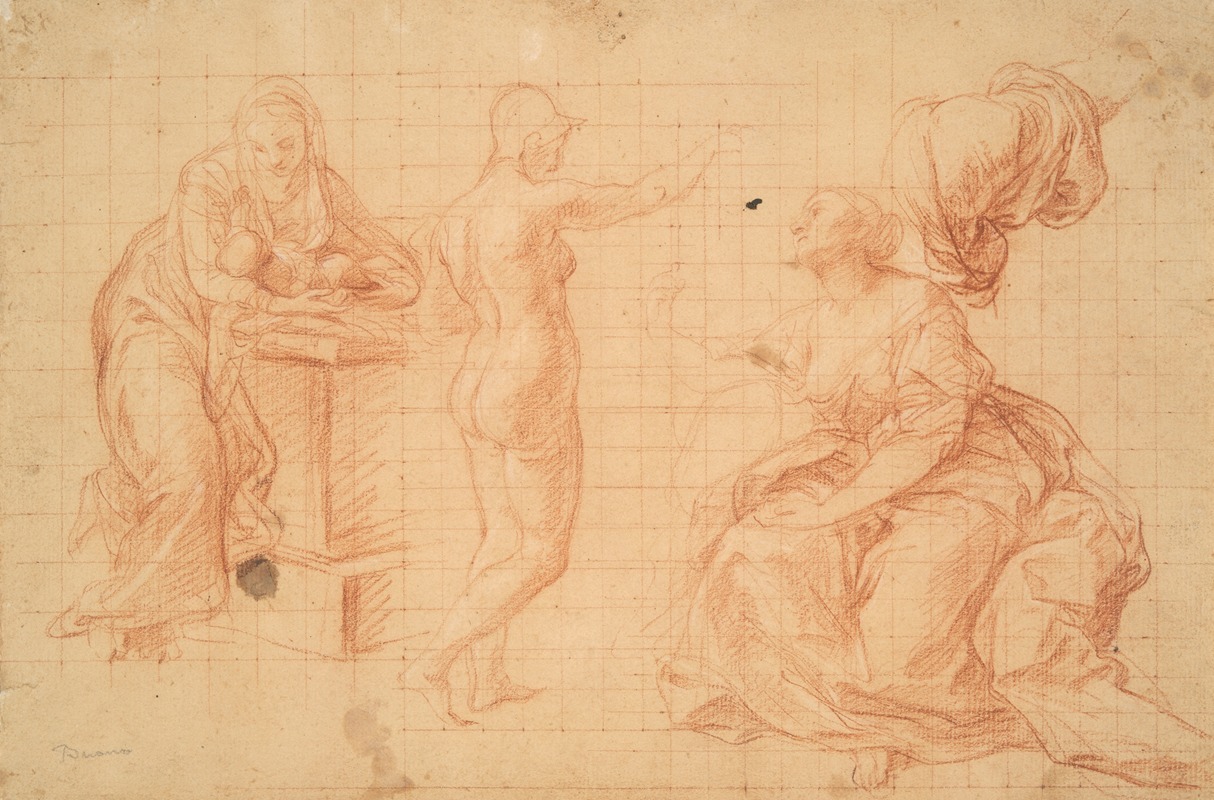
Studies for ‘Hercules at the Crossroads’ and for the ‘Nativity’
A hand-painted replica of Pompeo Batoni’s masterpiece Studies for ‘Hercules at the Crossroads’ and for the ‘Nativity’, meticulously crafted by professional artists to capture the true essence of the original. Each piece is created with museum-quality canvas and rare mineral pigments, carefully painted by experienced artists with delicate brushstrokes and rich, layered colors to perfectly recreate the texture of the original artwork. Unlike machine-printed reproductions, this hand-painted version brings the painting to life, infused with the artist’s emotions and skill in every stroke. Whether for personal collection or home decoration, it instantly elevates the artistic atmosphere of any space.
Pompeo Batoni (1708–1787) was an Italian painter renowned for his portraits and historical paintings. Among his notable works are the studies for "Hercules at the Crossroads" and the "Nativity." These studies reflect Batoni's meticulous approach to composition and his dedication to classical themes.
"Hercules at the Crossroads," also known as "Hercules in Bivio," is a significant work by Batoni that depicts the mythological hero Hercules at a pivotal moment of decision. The story is derived from the ancient Greek myth in which Hercules must choose between the path of virtue and the path of vice. In Batoni's interpretation, Hercules is shown standing at a crossroads, with personifications of Virtue and Vice attempting to persuade him. Virtue is typically depicted as a modestly dressed woman pointing towards a rugged path, symbolizing the difficult but righteous way of life. Vice, on the other hand, is often portrayed as a more alluring figure, pointing towards an easier, more pleasurable path that ultimately leads to ruin.
Batoni's study for "Hercules at the Crossroads" showcases his skill in capturing the emotional and moral tension of the scene. The detailed sketches reveal his process of refining the composition, the poses of the figures, and the expressions that convey the internal struggle of Hercules. These preparatory works are crucial for understanding Batoni's artistic process and his ability to convey complex narratives through his paintings.
The "Nativity" is another important subject in Batoni's oeuvre, reflecting his engagement with religious themes. The Nativity scene, which depicts the birth of Jesus Christ, is a central motif in Christian art. Batoni's study for the "Nativity" demonstrates his attention to detail and his ability to convey the sacredness of the moment. The composition typically includes the Virgin Mary, Saint Joseph, the infant Jesus, and often an array of angels, shepherds, and animals, all gathered to witness the miraculous birth.
In his studies for the "Nativity," Batoni meticulously planned the arrangement of the figures, the interplay of light and shadow, and the overall atmosphere of the scene. These preparatory works highlight his commitment to creating a harmonious and spiritually uplifting composition. The studies also reveal Batoni's deep understanding of human anatomy and his ability to render figures with grace and realism.
Pompeo Batoni's studies for "Hercules at the Crossroads" and the "Nativity" are exemplary of his artistic prowess and his dedication to classical and religious themes. These works not only provide insight into his creative process but also underscore his contribution to the art of the 18th century. Through his detailed studies and finished paintings, Batoni has left a lasting legacy that continues to be admired by art historians and enthusiasts alike.





